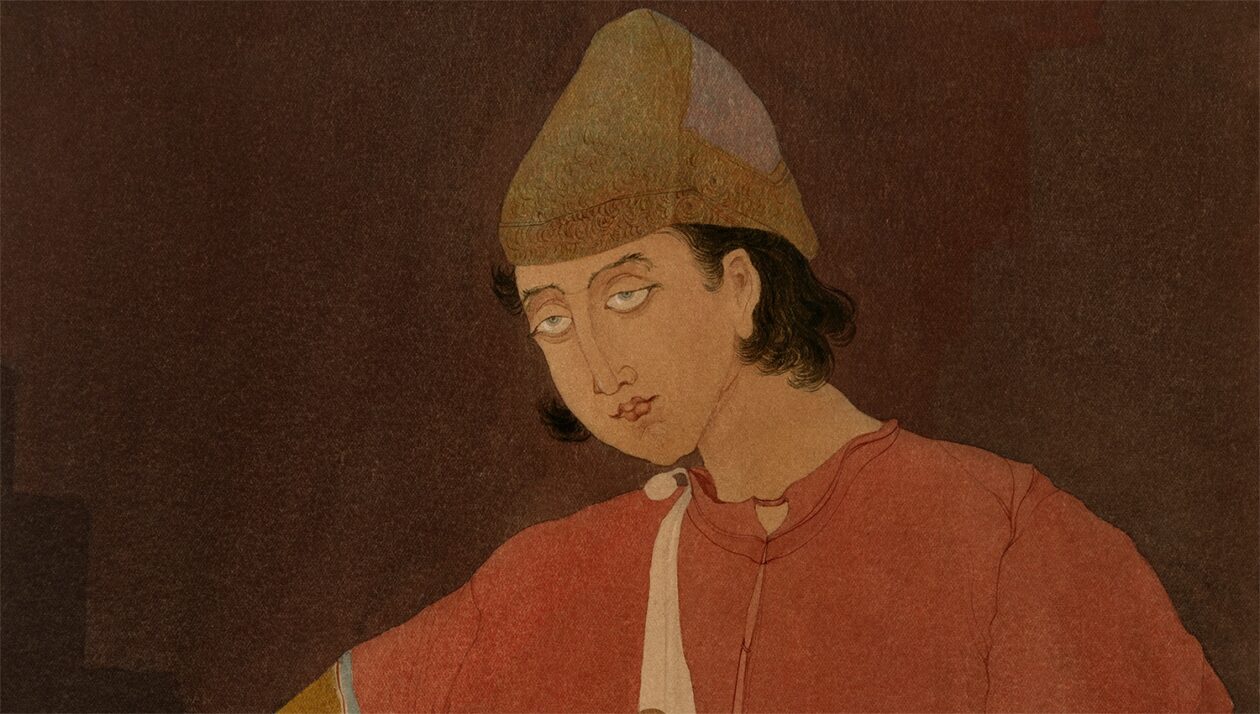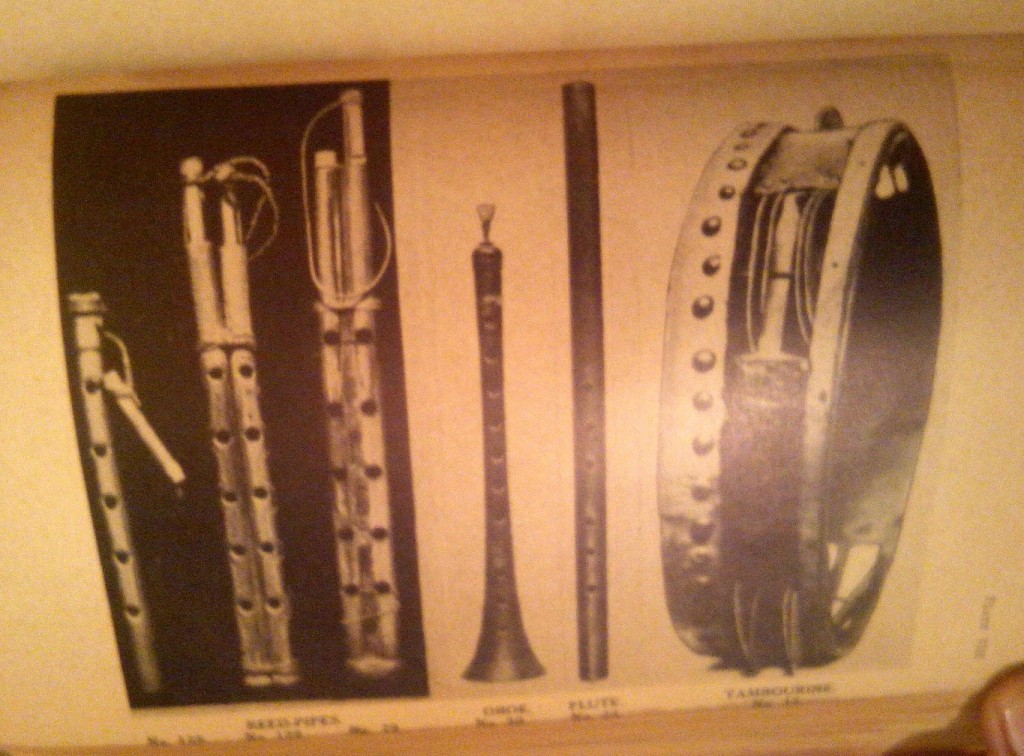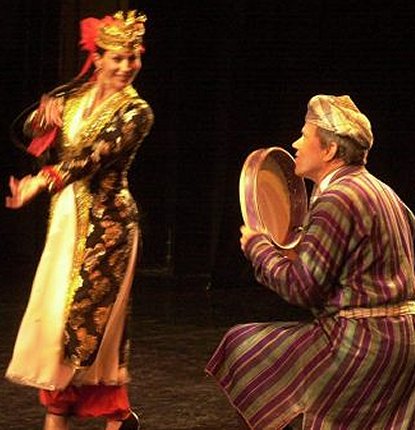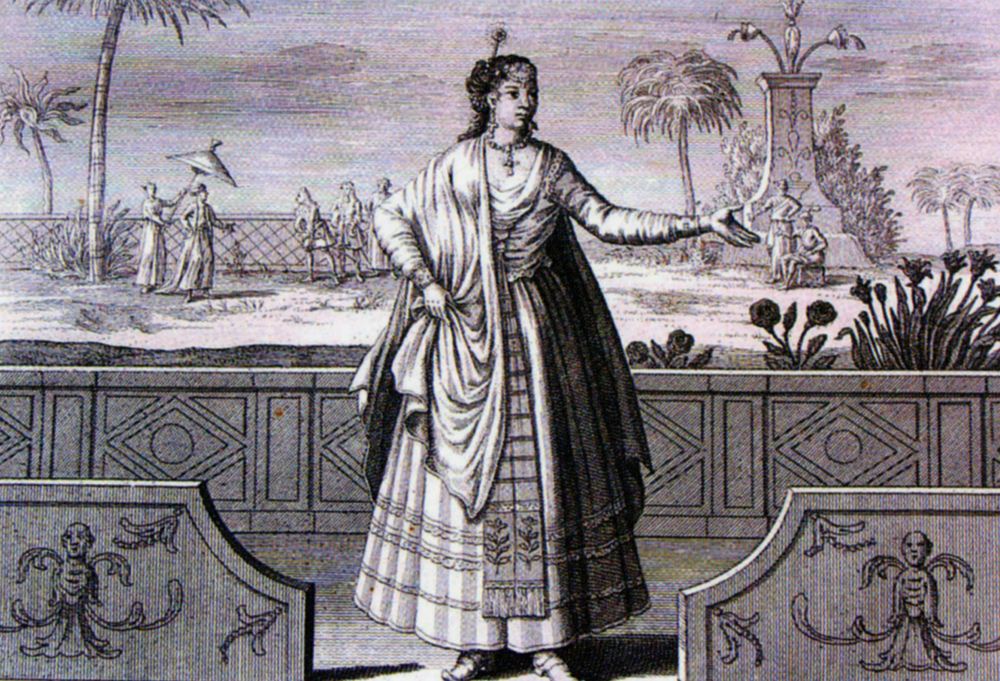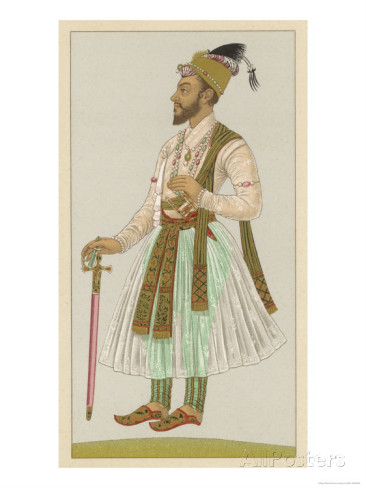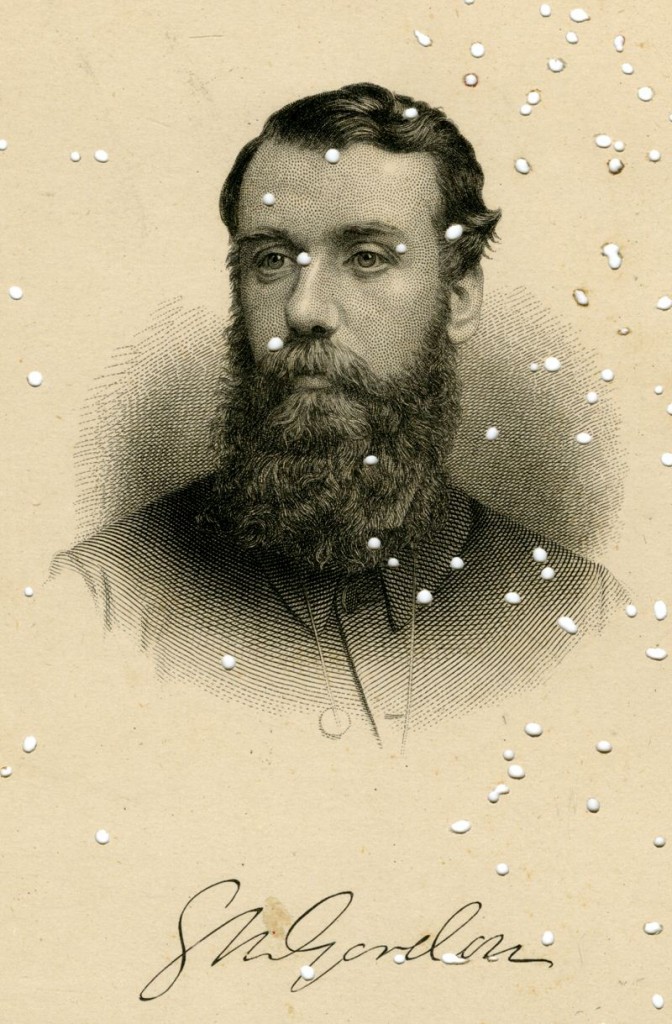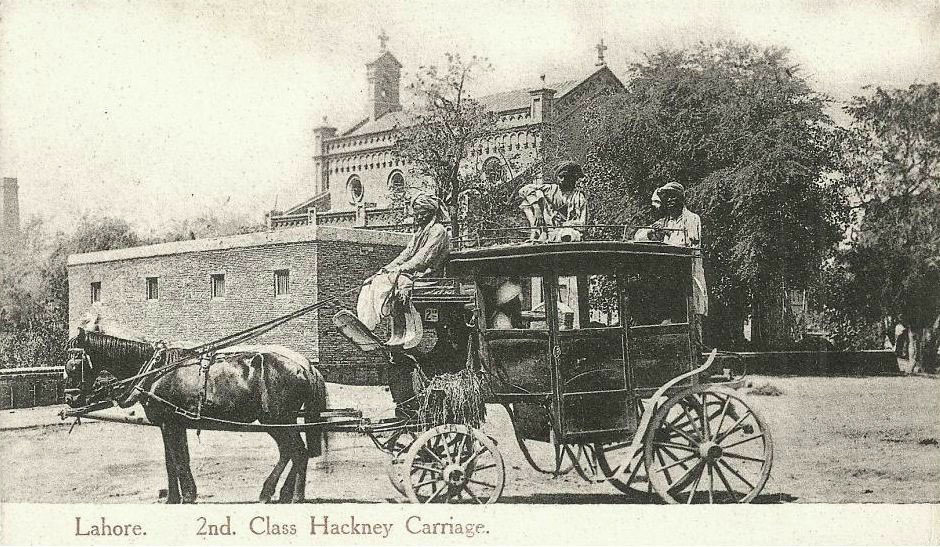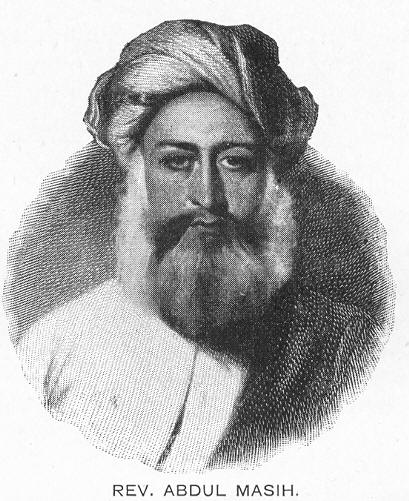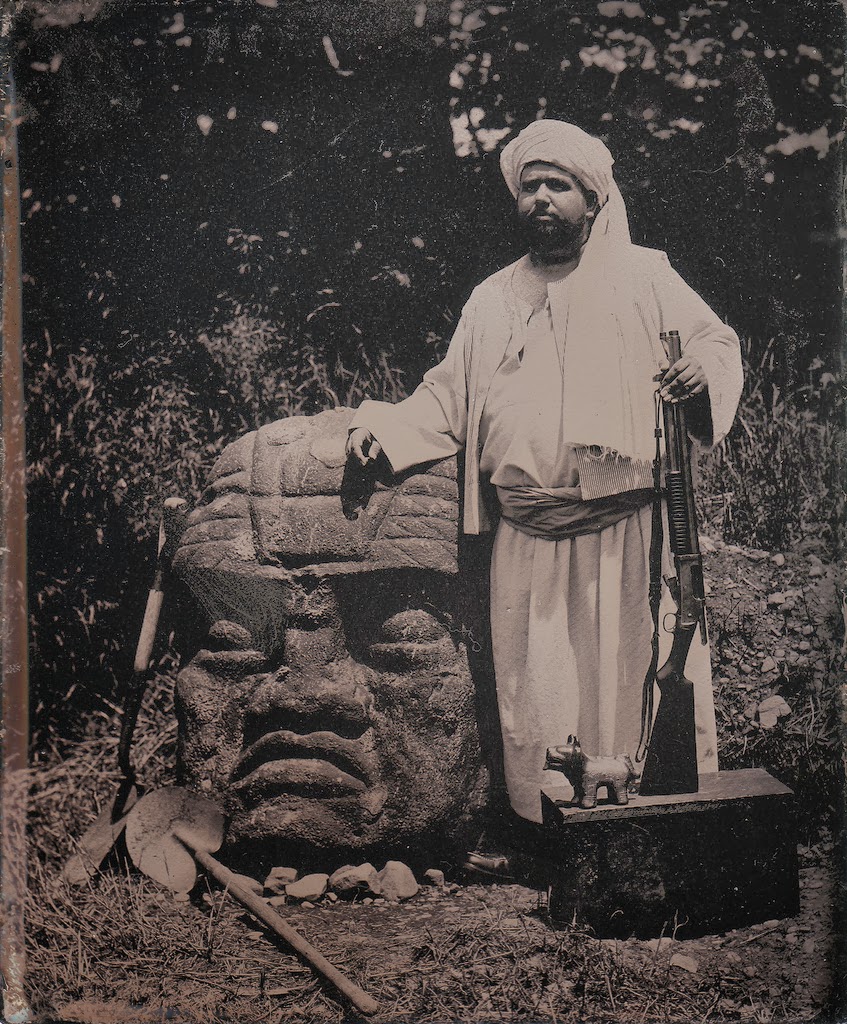PRINCE KAMRAN LAHORI
THE FIRST SEEDS OF REBELLION
Kingship over-ruled brotherly love
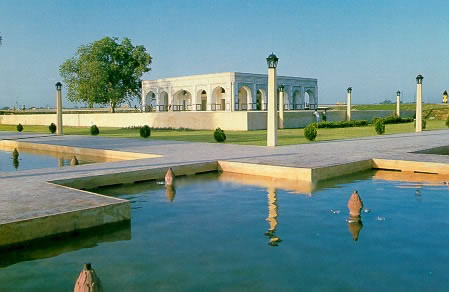
All Lahore is familiar with the baradari of Kamran. Few may know about Kamran, but the baradari, right in the flow of river Ravi itself, attracts attention all the time. It has seen many vicissitudes within its lifetime. It is perhaps the earliest Mughal monument extant in Lahore, even in the region itself. It was once part of the palace garden of Prince Kamran, son of Emperor Babar, the founder of the Mughal Empire. Considered as a sore on the eyes of some previous governments, many times ideas were made to remove it completely, and perhaps replace with a Japanese Garden for Lahore. I myself wrote to UNESCO, when its destruction was planned, and they stepped in to save it. The correspondence is on record here. Even the British cared little for it. It was a toll booth for a long time, as shown in old maps. The Sikhs had destroyed countless monuments near it, including the Garden of Mah-Afroze, wife of Prince Kamran. Its name still lingers near the Badami Bagh Lahore.

Prince Kamran was Governor of Lahore, and coins are found issued in his name, as the self-proclaimed Emperor too. Countless time Emperor Humayoun forgave him (for he loved his brother), but somehow or the other, the seed of rebellion was too much in him, and he stabbed Humayoun in the back, to many times. The Courtiers were adamant, be a brother, or be a King, the choice is simple. On Royal orders, to Sayyid Muhammed (given near Fort of Rohtas), Prince Kamran was BLINDED. Kamran bore the torture in a manly manner, but could not bear the weight of the man, who was pressing him down by the knees. Ultimately the blind Prince Kamran became a pilgrim, and went on a Haj to Mecca. He died in Mecca four years later, begging forgiveness from Allah for his actions in life.
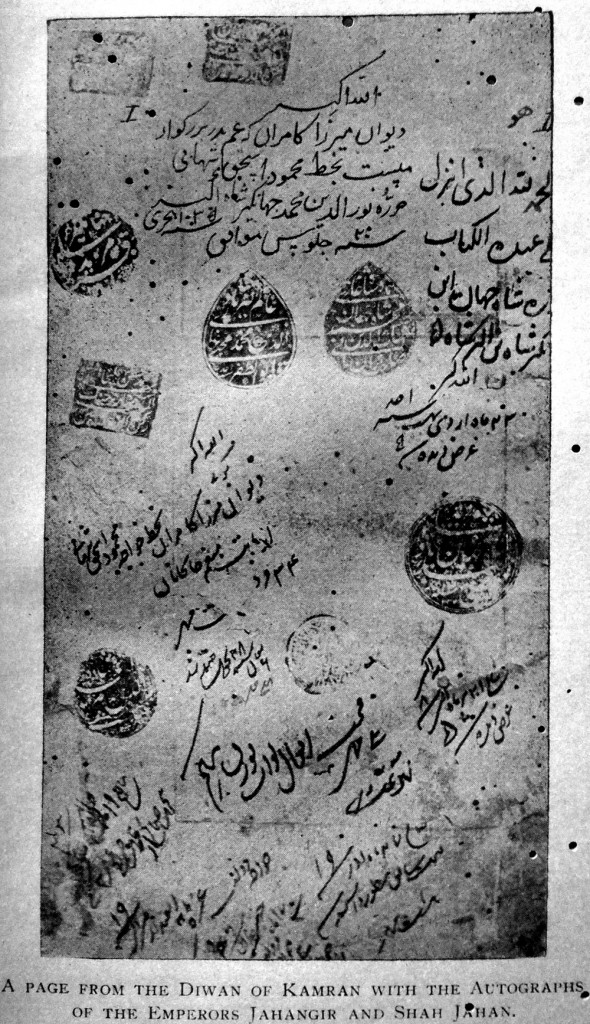
Not much of Prince Kamran survives. A baradari, a few coins, hardly anything else. The most unique survival of the Prince is his personal DIWAN of poems. The only extant copy is in the Khuda Baksh Library Patna, and strangely it is a Royal copy, calligraphed by Mahmud son of Ishaq Shihabi of Herat. It was read by a row of Emperors, and endorsed by them. It was in the possession of Nur Jahan Lahori too. From the poems, we see inside the sensitivities of a Prince long gone, and realize, that given the chance, he too, could have been the ancestor of many other Mughal Kings. But that never happened. Prince Kamran is not alive due to his politics, but his literary skills as a poet.
